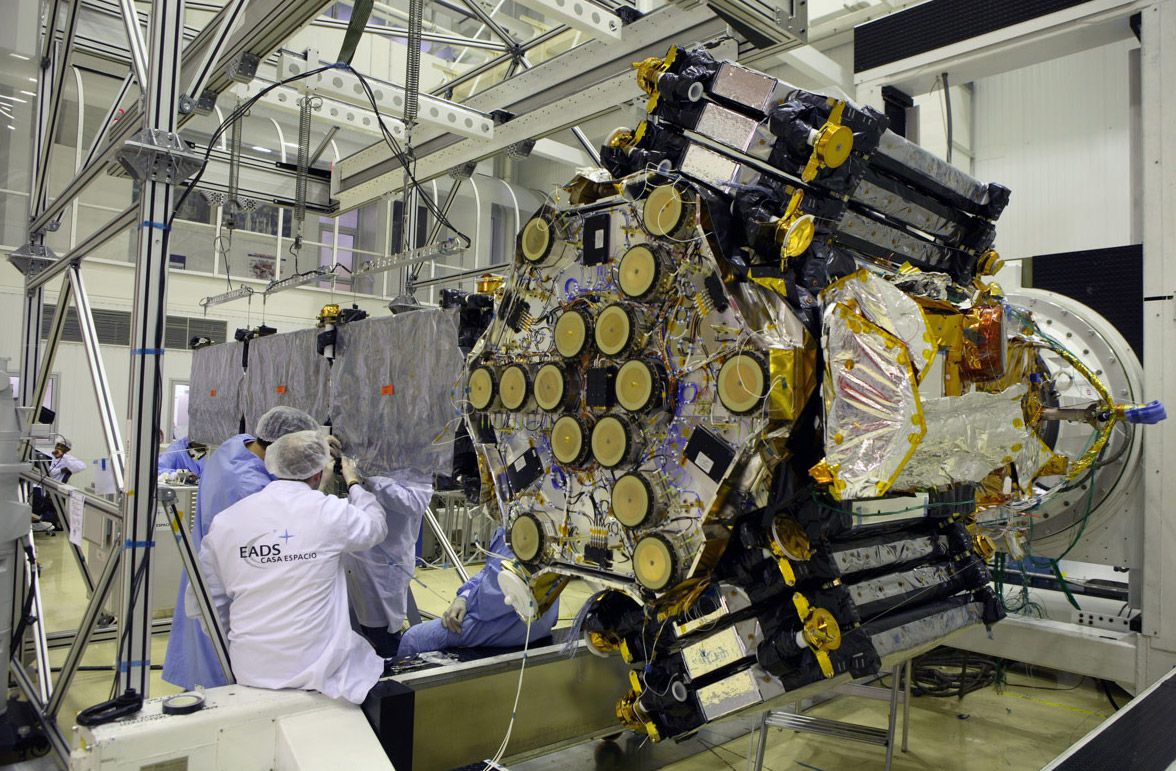-
 EPDM
EPDM
-
 PlayStation 3
PlayStation 3
-
 Cytochrome
Cytochrome
-
 Doppler
Doppler
-
 Articular cartilage
Articular cartilage
-
 Mullerian mimicry
Mullerian mimicry
-
 Hooklet
Hooklet
-
 Morphology
Morphology
-
 Liquidus
Liquidus
-
 Enomoto
Enomoto
-
 Dynamic super-resolution microscope
Dynamic super-resolution microscope
-
 ECMA
ECMA
-
 DVB-SH
DVB-SH
-
 Restriction enzymes
Restriction enzymes
-
 Molysmology
Molysmology
-
 Pyroclastic surge
Pyroclastic surge
-
 Loop quantum gravity
Loop quantum gravity
-
 Radiotherapy
Radiotherapy
-
 FDD
FDD
-
 Neutral current
Neutral current
-
 Mublcom
Mublcom
-
 Surgery
Surgery
-
 Semelparity
Semelparity
-
 Eclogite
Eclogite
-
 Type III star population
Type III star population
-
 Magnetotactic bacterium
Magnetotactic bacterium
-
 Bare tanne
Bare tanne
-
 Mir
Mir
-
 Mithridatism
Mithridatism
-
 Artificial intelligence
Artificial intelligence
Miras
To achieve the objectives of SMOS (Soil Moisture and Ocean Salinity), theESA once again had to innovate by sending an L-band microwave interferometric radiometer (Miras) for the first time. Noteworthy fact: NASA has no equivalent mission. Traditional radiometric instruments would have required a 10 m antenna of a diameter that no launcher could have carried.
Built by Eads-Casa Espacio, Miras has three arms in a "Y" configuration and a central supporting structure. Once its arms have been deployed, the instrument has a span of 8 m in diameter and weighs 360 kg. It has 69 receiving antennas distributed along the three arms and the central structure. Using this instrument, the satellite has a 1000 km field of vision in which it carries out up to 80 different measurements. It makes fifteen revolutions of the Earth every 24 h and every three days will produce a complete map of the Earth's surface at a resolution of 50 km per pixel and a depth of one centimetre.
 The MIRAS instrument has 69 antenna elements distributed over three extendible arms. The photo shows MIRAS with one of the three arms deployed. Credit Rémy Decourt
The MIRAS instrument has 69 antenna elements distributed over three extendible arms. The photo shows MIRAS with one of the three arms deployed. Credit Rémy Decourt
Latest
Fill out my online form.



